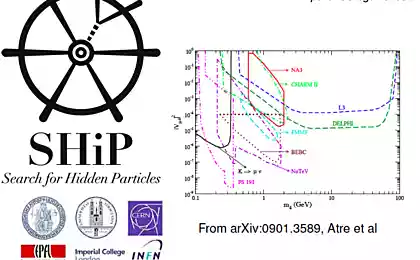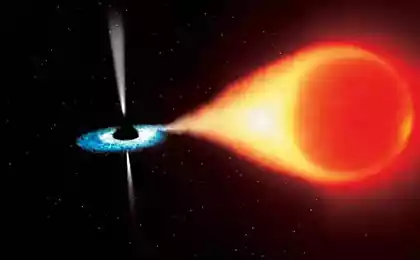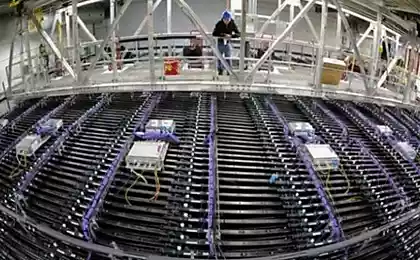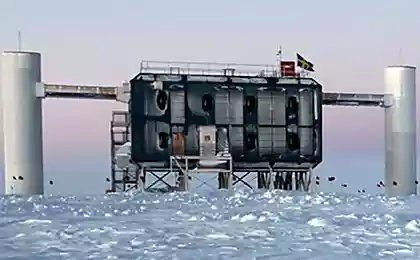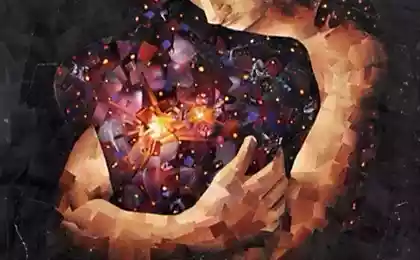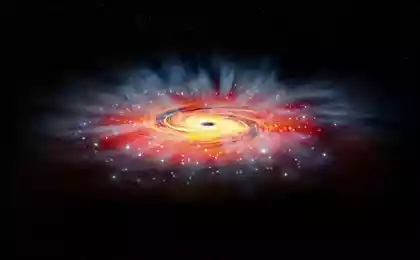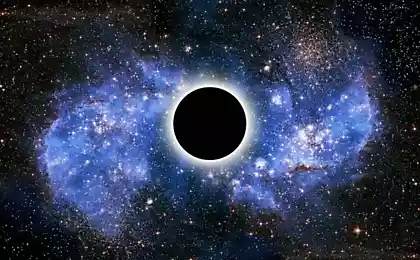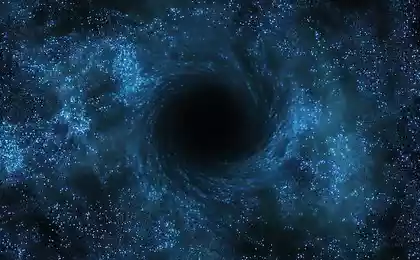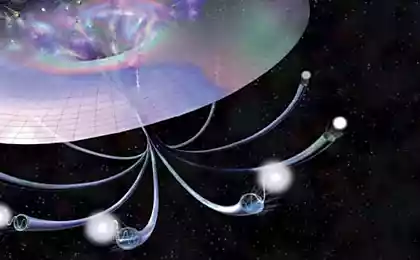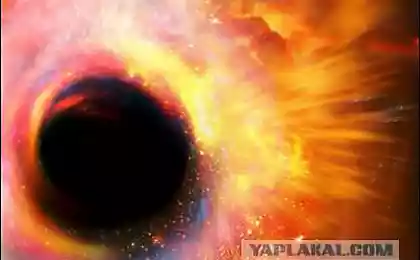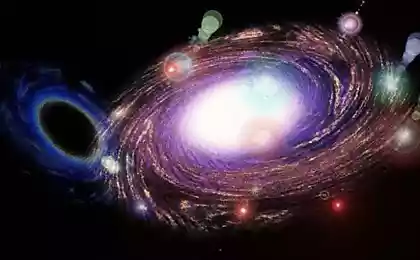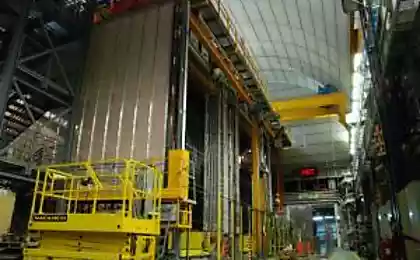782
Underground neutrino detector will examine and black holes

Project detection i>
By 2022, American scientists are planning to launch a new neutrino detector - Deep Underground Neutrino Experiment ( DUNE ). It will be located underground in the former Homestake gold mine in South Dakota. With this detector физики will study the properties of neutrinos - both born artificially, and when the star ejected its collapse into a black hole.
In the 1960s, astrophysicist Raymond Davis has placed in the mine laboratory for the observation of solar neutrinos. Coming detector will be much more powerful. Several kiloton of liquid argon in the vessel diameter of about 12m will interact with neutrinos fly through it.
Basically it will be the particles emitted from the National Accelerator Laboratory. Enrico Fermi, also known as Fermilab . It is located at a distance of 1300 km from the next detector DUNE. But the time and planned to give a study of cosmic neutrinos.
Although theorists have long calculated in general, should be formed as a black hole, but no one has ever observed the process. It is known that a black hole can be formed after the collapse of a star more than eight solar masses. But how exactly does this happen? At what point did the star becomes a black hole? How often do the stars turn into black holes? Instead, the explosion may end forming a neutron star.
It is known that at the time of collapse of a star should arise a powerful stream of neutrinos, which are able to leave the crash site before gravity reaches the critical exponents. After this, nothing can break out of the black hole. As a result, the detector must engage the picture of a powerful surge in the flow of neutrinos, which is then abruptly interrupted. This should be the birth of a new print of the black hole.
The only supernova explosion which was recorded neutrino detectors, occurred in 1987. Unfortunately, data on the explosion was not enough, so do not know what happened after that - there was formed a black hole or neutron star. If such an event happens is not very far away from us, the detector DUNE, according to the representative of the project Mark Thompson, will be able to record up to 10,000 neutrinos.
Neutrinos come in three types, each of which has an antiparticle - are electronic, muon and tau neutrinos. Existing neutrino detectors are capable of capturing electron antineutrinos. DUNE future only be able to catch электронные neutrinos by using argon - says Kate Sholberg, a physics professor at Duke University.
Of course, the larger the detector will record a supernova explosion, the more we learn about this amazing process. In China, scientists are now working on a detector JUNO, Japan plans to build a large detector Hyper-K, in Russia is gradually increasing the power of deep-water neutrino telescope "Dubna < / a> ». If all of these devices will be able to grasp the implications of what is happening with respect to near collapse, it will be a feast for the scientists.
In addition, the new detector may give answers to questions about the nature of neutrinos themselves. With it, you can study their oscillation and possibly answer the question whether they are майорановскими fermions - that is, their own antiparticles.
Source: geektimes.ru/post/262462/


